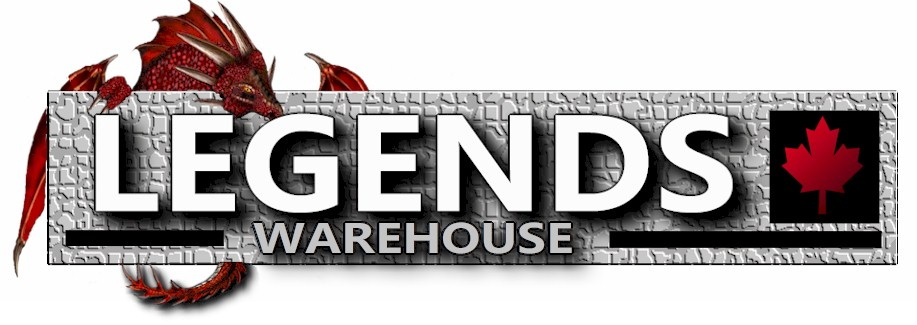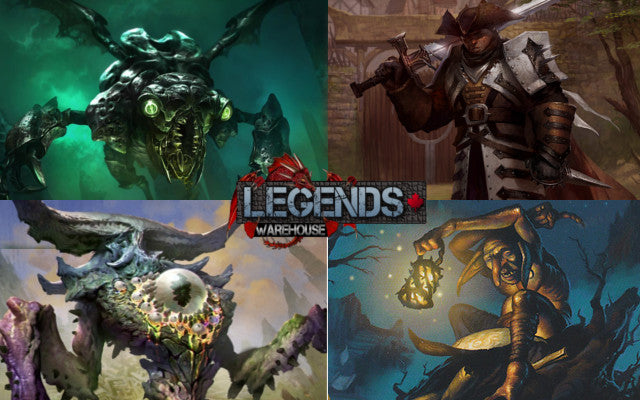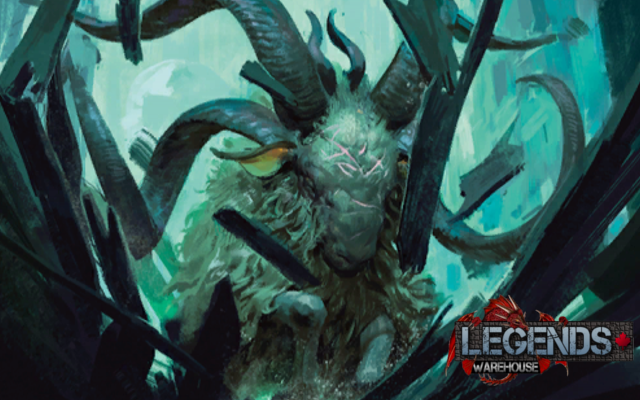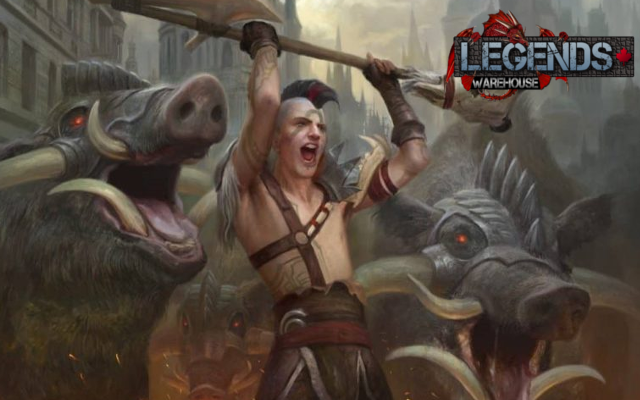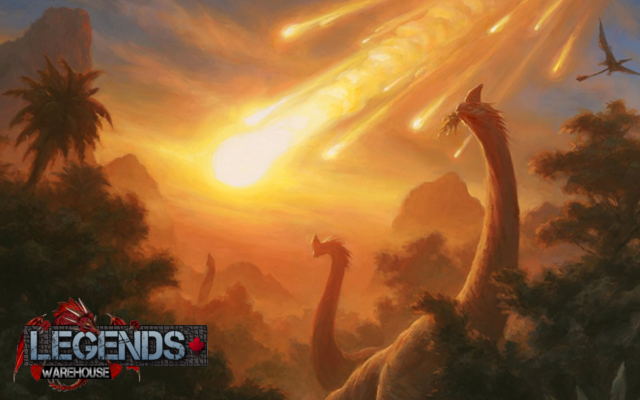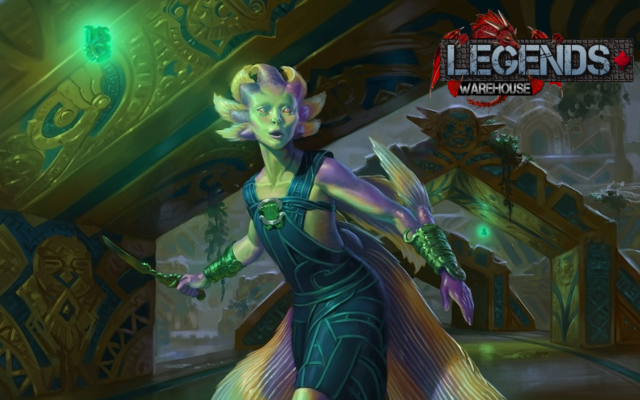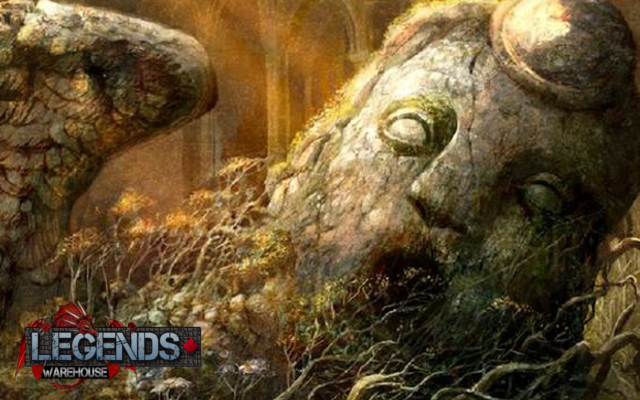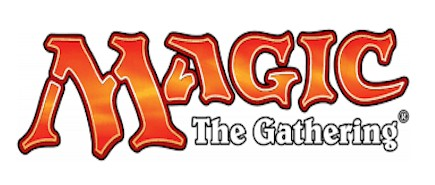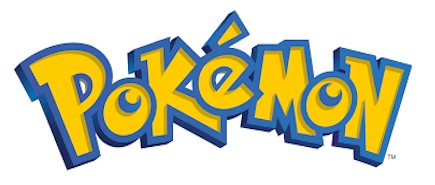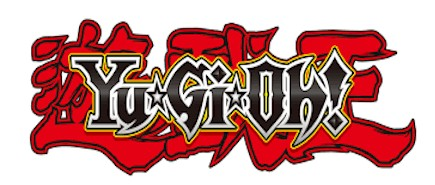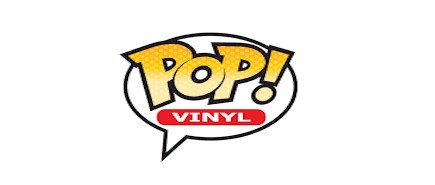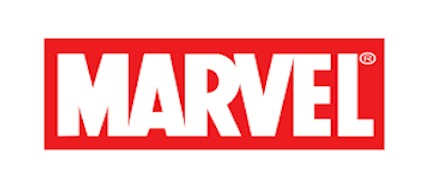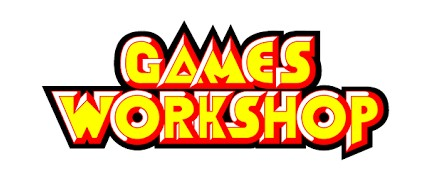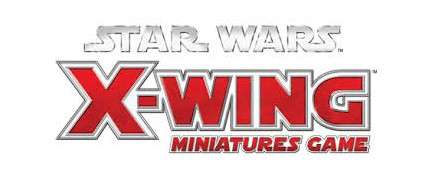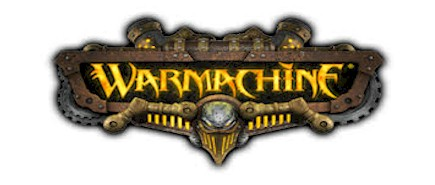What to Expect at GP Toronto: Aggro Edition
- Legends Warehouse News
- 31 Jan, 2018
With GP Toronto in less than a month, it’s crunch time for players to get as much practice in as they can. Modern is an incredibly diverse format, so it can be difficult to predict just how much of each archetype you’re going to see. As such, it’s important to understand how each archetype functions so you can prepare yourself and not get blown out by a deck you’ve never dealt with before.
Aggro is one of the pillars of Modern, and definitely the most common. With manabases relying heavily on fetch and shocklands, aggro decks can score free wins based entirely off of how much extra damage their opponents deal to themselves. If a fairer midrange deck wants to curve a Thoughtseize into a Tarmogoyf, more often than not they have to drop themselves as low as 12 life by the second turn. When you only have to deal twelve damage to win a game, that’s a pretty big incentive to play a faster archetype.

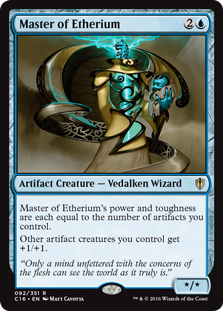
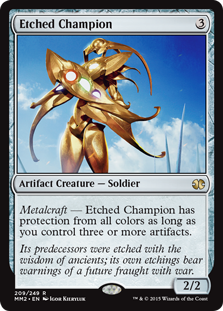
Affinity is one of the fastest aggro decks in Modern, and it owes a lot of its success to having multiple game plans that it can jump between depending on the situation. Whether it’s going wide and boosting their cheap creatures with Signal Pest and Steel Overseer or suiting up one evasive threat with Cranial Plating, Affinity has long been one of the defining decks in the format. The deck runs several zero-drop creatures as well as Mox Opal and Springleaf Drum to accelerate their hand, so it’s not uncommon to see an Affinity player with only one card in hand after their first turn.
This is a matchup where artifact and creature hate are at a premium as the deck doesn’t run many spells that fall into these categories. If you can disrupt their more important cards, such as Arcbound Ravager, Cranial Plating, and Steel Overseer, it will often buy you enough time to scrape together a win. This is because the deck runs so many small creatures like Ornithopter and Memnite to power up their other cards that these quickly become dead draws since they don’t do anything on their own. Fighting Affinity typically boils down to board wipes and cards that hate on artifacts. Pyroclasm, Anger of the Gods, and Supreme Verdict are all fantastic outs to clearing up the field and leaving them with nothing, and cards like Stony Silence and Ancient Grudge are a necessary evil to combat this menace if you’re on a slower midrange deck.
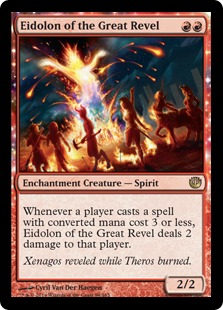
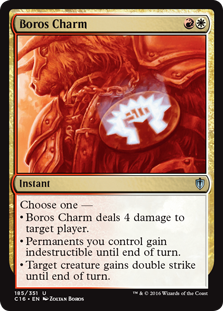
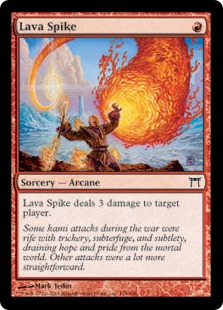
Burn, on the other hands, often cares very little about the board state, instead opting to hurl direct damage at the opponent’s face. While there is a fair amount of math involved in playing the deck, Burn is typically known as an introductory Modern deck due to the more linear decision trees. This deck packs Goblin Guide and Monastery Swiftspear to get out of the gate early to pressure opponents, all the while pointing Lightning Bolt, Lava Spike, and Rift Bolt at the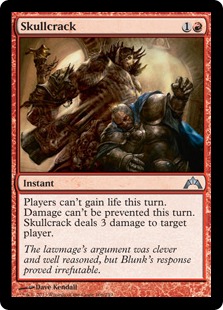 their faces. As well, Burn decks often splash White and Green to expand their options to include Lightning Helix, Boros Charm, and Atarka’s Command to further their damage output.
their faces. As well, Burn decks often splash White and Green to expand their options to include Lightning Helix, Boros Charm, and Atarka’s Command to further their damage output.
Where Burn tends to stumble is against repeated life gain and larger threats that can outpace them. Burn tends to run Skullcrack and Atarka’s Command to shut off large chunks of lifegain, but repeatable life gain effects, such as Scavenging Ooze or Soul Warden, can quickly keep you out of range for most burn spells. Furthermore, large, early threats such as Tarmogoyf and Thought-Knot Seer can pressure Burn since they themselves often rely on fetches and shocks, so threatening to do large amounts of damage can force them into a position where they need to use burn spells on your creatures, thus making it more difficult to kill you. Hand disruption also works well to deal with Burn since most of their threats stay in their hand, so you can save yourself quite a bit of life with an Inquisition of Kozilek. Finally, Leyline of Sanctity is one of the best cards to beat Burn since you can start with it in play and automatically blank most of their deck. Just be aware that they almost always have a means of interacting with it like Destructive Revelry, and that while Leyline does buy you a lot of time, drawing one any time after your opening hand is basically a dead draw.
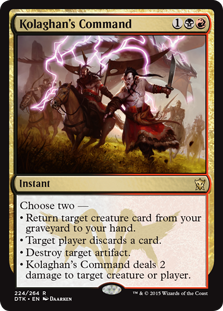
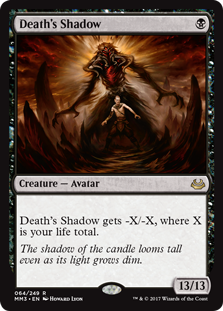

Death’s Shadow decks are one of the most popular decks in Modern right now, and for a good reason. Through a combination of hand disruption, removal, and cheap, efficient beatsticks, Grixis Death’s Shadow has cemented itself as one of the more intimidating decks out there. This deck seeks to drop its own life total low enough to use its namesake card, Death’s Shadow. The deck is designed in such a way that Death’s Shadow routinely attacks with 8+ power as early as turn 3, so it can easily catch opponents off guard. Tasigur, the Golden Fang, and Gurmag Angler act as backups that can be cast early on due to their delve ability. The deck has powerful disruption tools ranging from Thoughtseize to Kolaghan’s Command to Stubborn Denial, so combating this menace can prove difficult if you’re not prepared.
such a way that Death’s Shadow routinely attacks with 8+ power as early as turn 3, so it can easily catch opponents off guard. Tasigur, the Golden Fang, and Gurmag Angler act as backups that can be cast early on due to their delve ability. The deck has powerful disruption tools ranging from Thoughtseize to Kolaghan’s Command to Stubborn Denial, so combating this menace can prove difficult if you’re not prepared.
Where Death’s Shadow tends to falter is against opposing burn spells and hand disruption, as well as graveyard hate. Since the deck already drops itself below ten life so quickly, it doesn’t take a lot to really finish the job, so if you have direct damage of your own like Lightning Bolt or Walking Ballista you can usually get those last points of damage in. As well, barring land destruction, most Tron variants can usually overpower Death’s Shadow through their larger creatures such as Reality Smasher and Wurmcoil Engine. While they have to be wary of Stubborn Denial, Ceremonious Rejection, and Disdainful Stroke, Tron is typically capable of putting out bigger threats in just as quick a clock, so they can weather the early onslaught with ease.


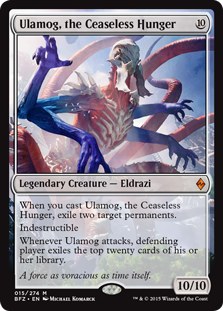
Speaking of Tron, Eldrazi Tron is one of the most powerful decks in the format because it routinely uses Chalice of the Void to hose a majority of the format. Chalice of the Void in the maindeck can turn valuable 1-drops like Serum Visions into total blanks, all while cheating gigantic undercosted threats into play to deal huge amounts of damage at a time. The combination of Eldrazi Temple and Tron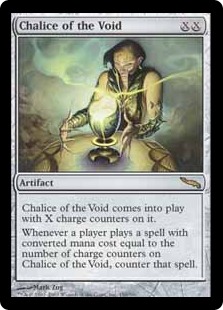 enable the deck to cast Thought-Knot Seer, Reality Smasher, and Endbringer way earlier than their mana costs would indicate, and if left unchecked they can stomp over most opponents. As well, thanks to the Tron package the deck can also run Karn Liberated, Walking Ballista, and Ulamog, the Ceaseless Hunger to go even bigger and close out the game.
enable the deck to cast Thought-Knot Seer, Reality Smasher, and Endbringer way earlier than their mana costs would indicate, and if left unchecked they can stomp over most opponents. As well, thanks to the Tron package the deck can also run Karn Liberated, Walking Ballista, and Ulamog, the Ceaseless Hunger to go even bigger and close out the game.
The main disadvantage of Eldrazi Tron is that while its land base can have explosive draws, they can have incredibly clunky draws if their opening lands don’t support it. This means any way of disrupting their lands, such as Fulminator Mage, Ghost Quarter, or Blood Moon, can have a serious impact on their ability to cast their creatures. So much of their deck centers around assembling Tron and Eldrazi Temple, so destroying even one Tron land can set them back several turns. Also, since they rely on playing one large threat at a time, it’s not difficult for spot removal to keep them under control. A well-timed Terminate, Liliana of the Veil, or Path to Exile can give you enough breathing room to get them on the back foot with smaller, wider threats. Finally, Eldrazi Tron doesn’t have too much in the ways of interaction due to being colourless, so combo decks can often eke out free wins if they don’t draw what little interaction they have. That’s why combos like Storm and Collected Company decks are typically a coin flip matchup for Eldrazi Tron, so if you can beat the minimal interaction you’re in a great position.
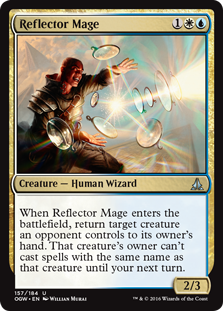
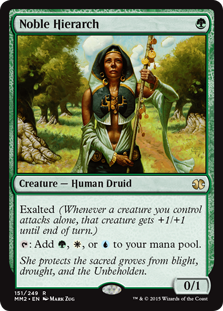
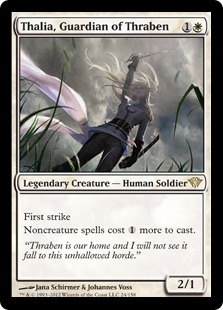
Lastly, 5C Humans is a deck that has increased in popularity due to the recent Pro Tour. This deck centers around curving out creatures with a variety of effects to disrupt their opponents, all the while beating down with increasingly larger attackers like Champion of the Parish and Thalia's Lieutenant. The deck has cards that can interact with the opponent's hand (Kitesail Freebooter), the opponent's board (Reflector Mage), and even the opponent's spells (Thalia, Guardian of Thraben), so it can be incredibly difficult to fight against when you're behind. This is a strategy based on playing creature after creature, so it can quickly overwhelm unprepared opponents.
Where the deck tends to falter is when you can stick an early board wipe like Anger of the Gods or Pyroclasm. The deck has virtually nothing in the ways of card draw, so it takes them a bit longer to recover from a sweeper. To compensate for this, they tend to run Xathrid Necromancer to net Zombie tokens in the result of a board wipe, so Anger of the Gods is at a premium as it exiles the opponent's creatures and won't cause the Necromancer to trigger. Another weakness of the deck is that because they have no draw power, it's very difficult to draw into the Humans they need for the matchup. A lot of their creatures do very well in specific matches, but are weak in others, so if they draw into too many of the weaker cards they can't readily find their better threats. Just answer the actual threats and it's relatively easy to weather the rest of their creatures.
Aggro decks are some of the most popular in Modern due to their straightforward nature and their ability to abuse opposing shock and fetch manabases. From heavy hitting Cranial Plating turns to repeated burn spells to the face, it’s important to be prepared for these types of decks for any large event. For Grand Prix Toronto, I wouldn’t be surprised if aggro takes up a considerable portion of the metagame, so get your life gain and removal ready
Looking to get some practice in before the event? Come on out to our weekly Modern events on Wednesdays and Saturdays!
